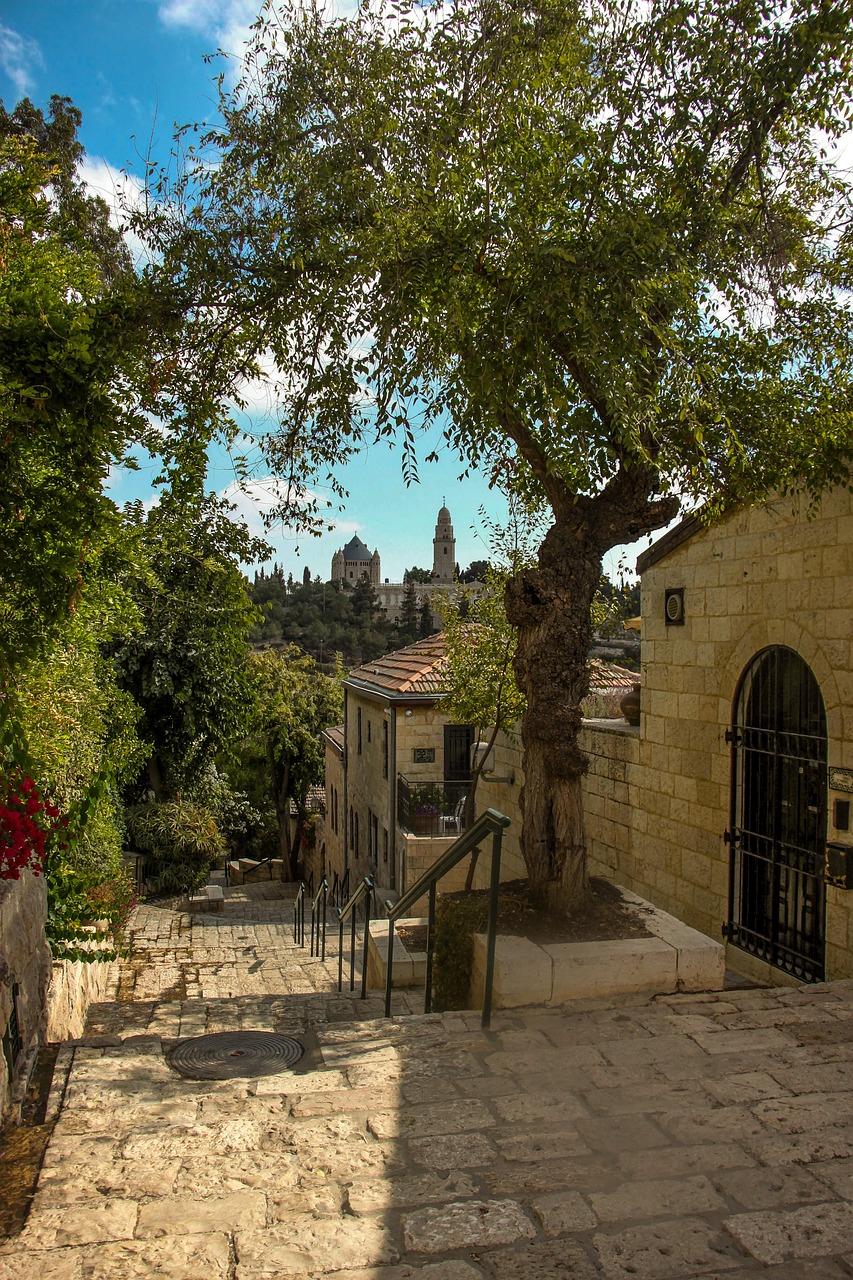In the introduction of Ecologies of Faith in a Digital Age, the Lowe and Lowe state that “In God’s ecology, individual things and people do not grow alone.”1 This is true, both in the physical world as well as the spiritual world.
From the very beginning of the Bible, we see many examples of interconnection and interaction between His spiritual and physical creation.
God Created a Physical Ecology
In Genesis, we learn that God created a physical ecological environment. He spoke heaven and earth into existence (Genesis 1:1-27). The earth was formless, void, and full of darkness (Gen. 1:1).
The creation account, as it pertains to the earth, showed that He created light, a firmament between the waters, plant life, day and night, birds of the air, fish of the sea, creatures of the land, and finally man (Gen 1:2-27).
He saw that it was not good for man to be alone, so He created woman (Gen. 2:18). Right from the beginning of time, God created an interdependency of all his creation, especially concerning man. Eve would be a “helper” to Adam (Gen. 2:18). He ordered them to “Be fruitful and multiply; fill the earth and subdue it;” (Gen 2:28).
He established a pattern for interaction as he ordered man and woman to procreate and fill the earth. He also told them to subdue, to take control, of the environment of the earth (Gen. 1:28). He then instructed them to have dominion over the birds of the air, fish of the sea, and living creatures of the land (Gen 1:28).
Therefore, you do not have to go very far into scripture to see that God’s design involves an interconnection and interaction among His creation.
God Created the Garden Ecology
Next, He created the garden. He took man and put him in that garden environment to “tend and keep it” (Gen 2:15). The tending and keeping of the garden further show the interaction between man and His creation.
One could walk through the Scriptures and show the physical ecologies He created, but we will move onto the spiritual.
God Created a Spiritual Ecology
Just like the physical ecologies, the bible is filled with evidence that God has created spiritual ecologies. While spiritual ecologies are not as tangible, they are no less real.
For example, we look at the apostle Paul’s explanation of the body of Christ, in Chapter Twelve of First Corinthians. In the same way that the physical body is an ecological environment all on its own, so is the spiritual body of Christ.
The body, His church, has many members, but it is one (1 Cor. 12:12). It does not matter the race, shape, size, status, or function of the individual member, it is part of one ecological unit—the body of Christ.
Paul compares the interconnection and dependency of different parts of the physical human body to the spiritual body. Just like the eye cannot say to the hand “I have no need of you” (1 Cor. 2:21), so it is true that a member of the spiritual body cannot say to another member that it has no need of it.
Holding it all Together
This interconnectedness does not happen by human hands, but by the Holy Spirit. Paul states that “For by one Spirit we were all baptized into one body…” (1 Cor. 2:13). Thus, we are immersed into the Holy Spirit and bound together by the same.
The Bible is ripe with explanations of the use of the physical realm to explain spiritual ecologies, to include a tree planted by water and the parable of the vine. It is evident that God’s creation was purposely formed in a manner that required interconnection and interaction.
Bibliography
1-Stephen D. Lowe and Mary E. Lowe, Ecologies of Faith in a Digital Age: Spiritual Growth through Online Education (Downer’s Grove, IL: IVP Academic, 2018), 5.



